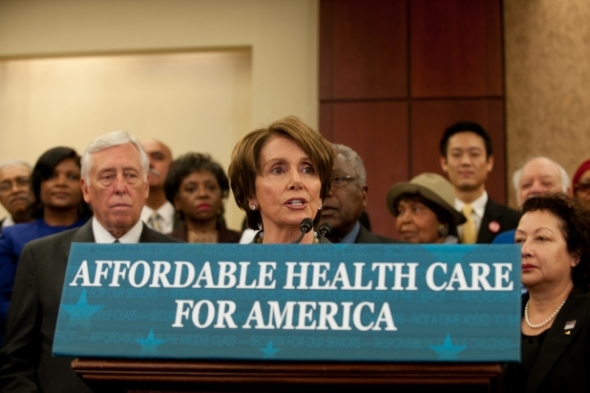Most of the dust has now settled around the State Exchanges. Last week the New York rates were finalized and with most of the other states, rates came in lower than anticipated. The Department of Health and Human Services (HHS) released an analysis1 suggesting that rates were 18% lower than anticipated. The national press has been in a frenzy as the public is trying to determine what all of this means. This article will discuss several of the issues and try to put them in perspective.
So What Are The Facts?
Are the rates actually lower? The HHS article demonstrates that yes, rates are coming in lower than previously projected rates even by the Congressional Budget Office (CBO). However, the situation is not quite the same as alluded to. For example, the study compared the "lowest rate" with the projected or forecasted rate. In the recently released rates for the State of New York, rates for the silver plan in New York City ranged from a low of about $350 to a high of nearly $700, a wide range. The HHS article compared the lowest rate in a plan type and compared that to the CBO projection. If the low in New York was $350 and the high $700, one might assume an average rate of $525 (i.e., (350 + 750)/2 = $525). Comparing $350 to the projection gets a different answer than comparing $525 to the projection. For example, if $350 is 18% lower than the projection, $525 is 123% of the projection, a much different story than presented.
Why Do The Rates Vary So Much?
Rates are based upon a large number of specific and sometimes hard to define actuarial assumptions. Some of the health plans used different assumptions than others resulting in different rate levels. Some of the key assumptions are:
- Health care provider discounts and also average cost of those providers in the network
- Care management approach and effectiveness
- Required expense and margin loads
- Assumed health status of population to be covered
- Assumed health care inflation and/or trend assumption
- Specific plan design
- Prior experience with individuals and small groups
There are other assumptions that are included, but the above list describes most of the important ones. If a particular health plan has better than average discounts with providers it is likely that their premium would be lower than a plan with lesser discounts. If the providers included in the network have a lower average cost than a competitor's network, the premium would likely be lower than the competitor. If a health plan had more effective care management practices than their competitor their rates might be lower. The list goes on. In addition to actual measured performance, some of these differences might be based upon perceived value and/or differences.
Although actuarial science is an objective science, different actuaries might have different opinions on the same issue and could apply different judgment when the data is incomplete or questionable. As a result, rate differences might occur as a result of different actuarial opinion.
The nature of a specific health plan can also lead to differences. One example of this is the rate development in one of the states our company was working on. One of the major players in the market attempted to negotiate more favorable contracts with its provider network. The best attempt at negotiating with a highly desirable health system resulted in a contract that paid that provider about 115% of Medicare payment rates, an improvement from their current contract. A competitive health plan in that same marketplace contracting with that same provider was able to negotiate a contract at close to Medicaid rates, considerably less than what the other carrier had achieved. A very surprising result that we had to investigate further to understand.
The first carrier was a major commercial health plan. The second was a health plan that served Medicaid beneficiaries. Their current contract paid close to Medicaid rates, and since the Exchange was going to attract Medicaid-like enrollees they were able to negotiate a rate close to their current rates, but a little higher. The large commercial carrier at the same time was not able to negotiate anywhere near that rate discount but was pleased to be able to get an improvement. This reimbursement difference alone would contribute to at least a 35% - 50% rate differential. Examples such as this have occurred through many of the exchanges and have led to many rate differences.
In addition, some plans have proposed "narrow networks" where providers agreeing to significant discounts and which have demonstrated performance advantage are included in the network. This has resulted in favorable rates in many situations. Some plans have used "broad networks" where almost any provider is included in the network. The exchange has no requirement about breadth of network. Individuals signing up for coverage in the exchange are going to have to carefully assess what providers are included in the networks. The lower premium rates might be the results of narrower networks with limited access.
In summary, the news has been more encouraging than expected, at least by many; however, there are many idiosyncrasies that need to be considered before making a final judgment regarding the Affordable Care Act and the exchanges. Rates will be available October 1, assuming no further delays, and then we will be able to make final assessments.





